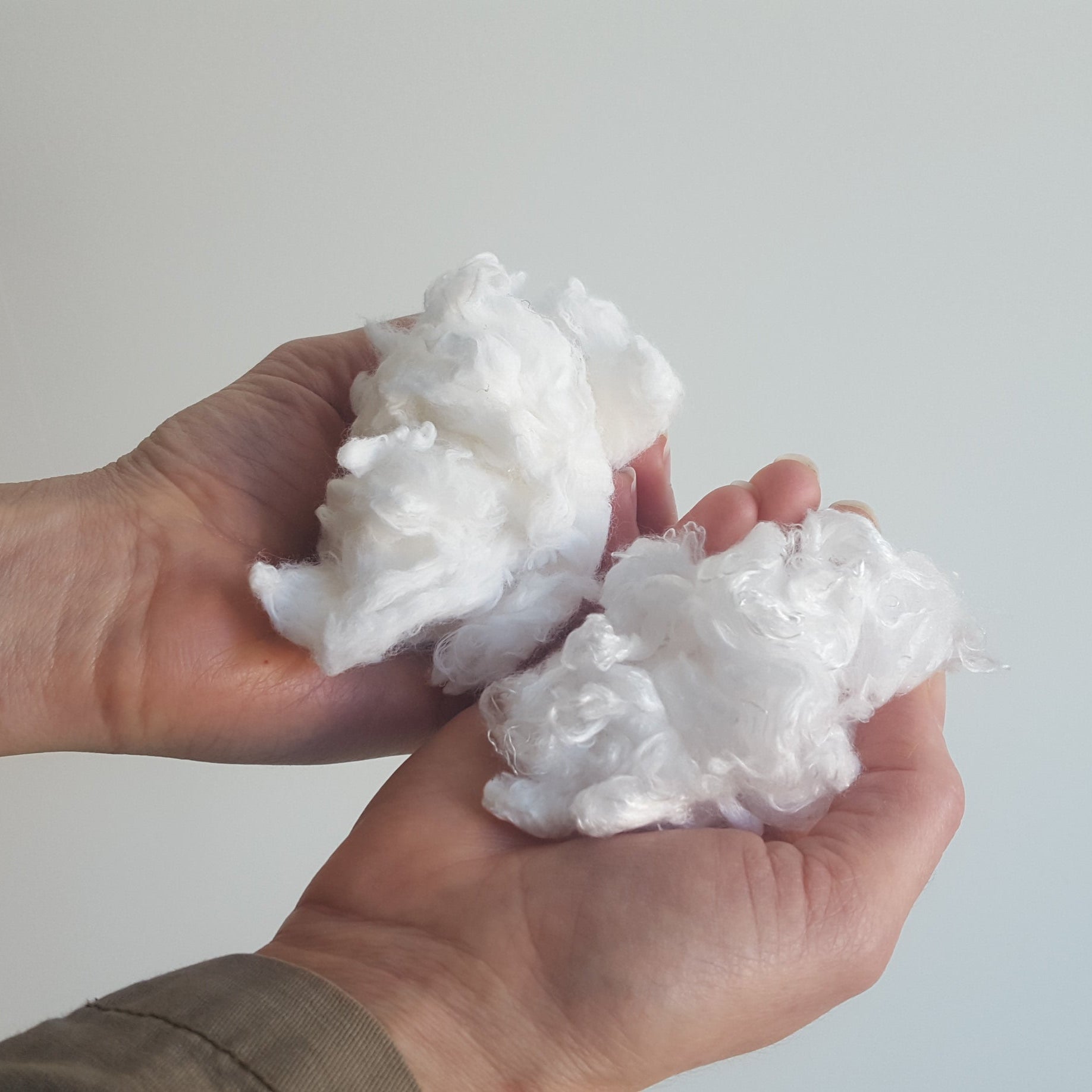Since ancient times, humans have been using honey to treat multiple conditions. It wasn’t until the 19th century, however, that researchers realized the power of the sweet substance’s natural, antibacterial properties - specifically that of Manuka Honey.
A type of honey native to New Zealand, this special honey is a unique healing agent thanks to a special compound known as Methylglyoxal. Discover what methylglyoxal is and the supreme healing benefits it provides to those suffering from skin conditions, such as eczema.
What is Methylglyoxal?
Discovered in 2008 by Professor Thomas Henle of University of Dresden, Methylglyoxal is the magic ingredient that makes Manuka honey so special. A naturally occurring compound, it’s responsible for the antibacterial effects that set Manuka Honey apart from regular honey. While it is, in fact, found in most types of honey, it usually only appears in small quantities.
Methylglyoxal Honey Power
As previously mentioned, Methylglyoxal gives Manuka honey its unique antibacterial properties. The higher the concentration of this compound, the stronger the antibiotic effect.
To rate the potency of Manuka honey, honey producers use a scale called the Unique Manuka Factor (UMF). The UMF rating reflects the concentration of Methylglyoxal. Honey needs a minimum rating of 10UMF in order to be considered strong enough to be therapeutic.
To illustrate just how powerful this active 16+ Manuka honey is, it has 1000x more Methylglyoxal than regular forms of honey! In addition, while all raw honey contains a certain amount of the hydrogen peroxide producing glucose oxidase enzyme, the benefits of Methylglyoxal are far superior since dietary Methylglyoxal is resistant to heat, body fluids, light, and enzymatic activity.
Lastly, manuka oil is even more potent than tea tree oil when battling bacteria and fungus.
Methylglyoxal Benefits in Honey
Wound Healing–When applied topically, Manuka honey can be used to decrease pain in those suffering from burns, enhance wound care, and boost the regeneration of tissue.
Antibacterial– Manuka honey’s supreme antibacterial properties make it highly effective at treating and preventing acne.
Moisturizing– Known to be extremely nourishing, honey can give your skin the natural glow it deserves. Its ability to hydrate makes it a soothing solution to improve a chronically dry skin condition like eczema.
Antioxidant– Honey is great at reducing or preventing face wrinkles, making it a natural anti-aging solution.
Anti-inflammatory– The anti-inflammatory properties of Manuka honey make it particularly useful at soothing skin conditions such as eczema and psoriasis.
Promote Oral Health– Containing a high concentration of antibacterial activity, Manuka honey can inhibit the growth of harmful oral bacteria that can cause gingivitis and effectively protect your mouth from gum inflammation, tooth decay, and the formation of plaque.
Manuka Honey Eczema Treatment
This Skin Soothing Organic Manuka Honey Cream works like a dream. We prefer applying this oil-based balm rather than applying Manuka honey directly to the skin because it’s creamy and soothing without leaving behind any sticky residue.
No matter how dry or flaky your skin is, the nourishing cream is so rich in emollients that it’s certain to provide a powerful boost of much-needed hydration. Perhaps the best part is that it’s all-natural, making it perfect for all ages and skin types. In fact, kids love the buttery texture and sweet smell!
Containing just six, all-natural ingredients that were all hand-picked because of their known-soothing ability, you can apply this creamy balm anywhere from head to toe. Even more delicate areas, like the eyes and mouth, can enjoy its calming effects without any fear of burning or stinging.
To make the most of this natural treatment, we recommend combining the cream with wet or dry wrap therapy. If you don’t know how to wet or dry wrap, don’t worry - it’s easy! All you need to do is layer the Manuka honey cream with a wet or dry layer of clothing, depending on your preference.
For both arm or leg eczema, we recommend these Remedywear eczema bandages. Because they’re made from all-natural fibers - including eco-friendly TENCEL embedded with zinc oxide - they lock in moisture and effectively allow emollients to penetrate the skin. Plus, they’re perfect for spot-treating problem areas such as the knee and elbow creases!
Have you tried Manuka Honey for eczema? Let us know on our Facebook page!
References
https://www.webmd.com/a-to-z-guides/manuka-honey-medicinal-uses#1
https://www.healthline.com/nutrition/manuka-honey-uses-benefits










